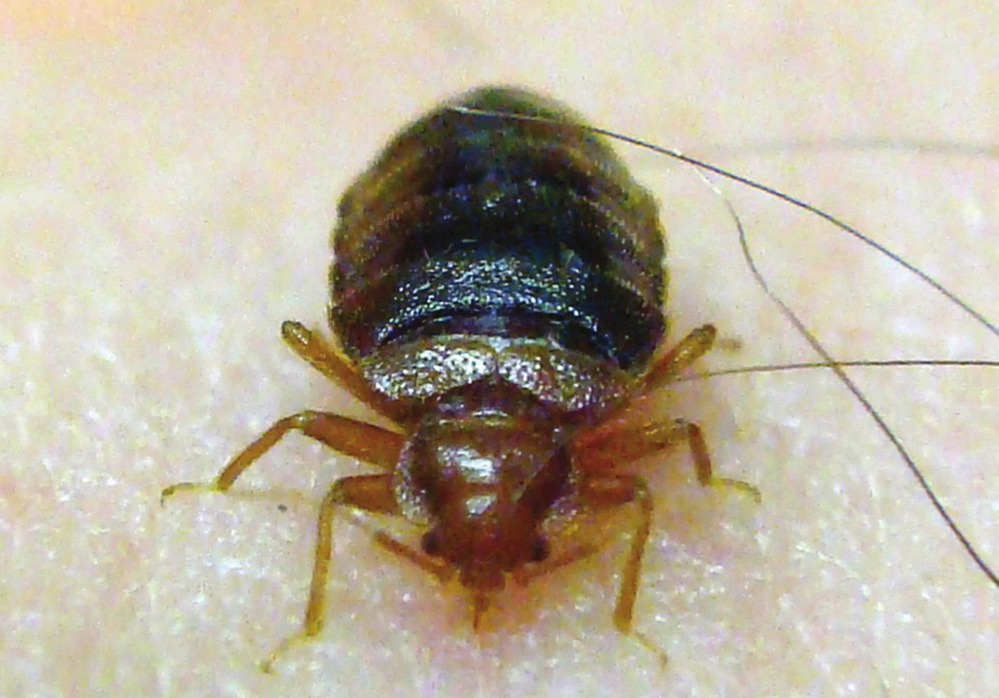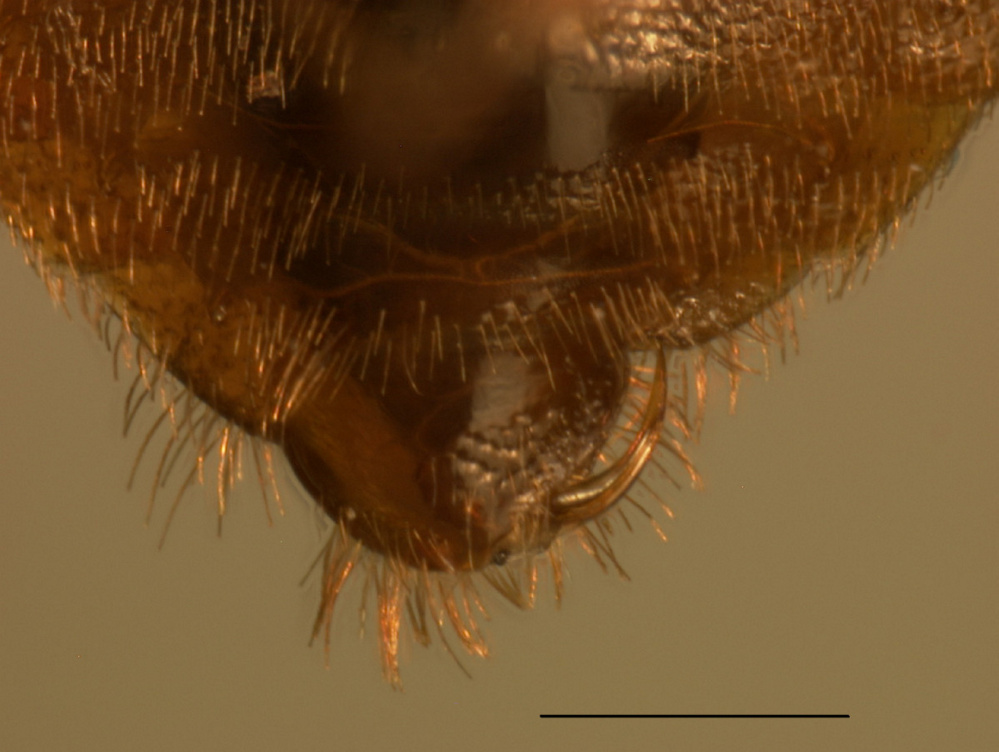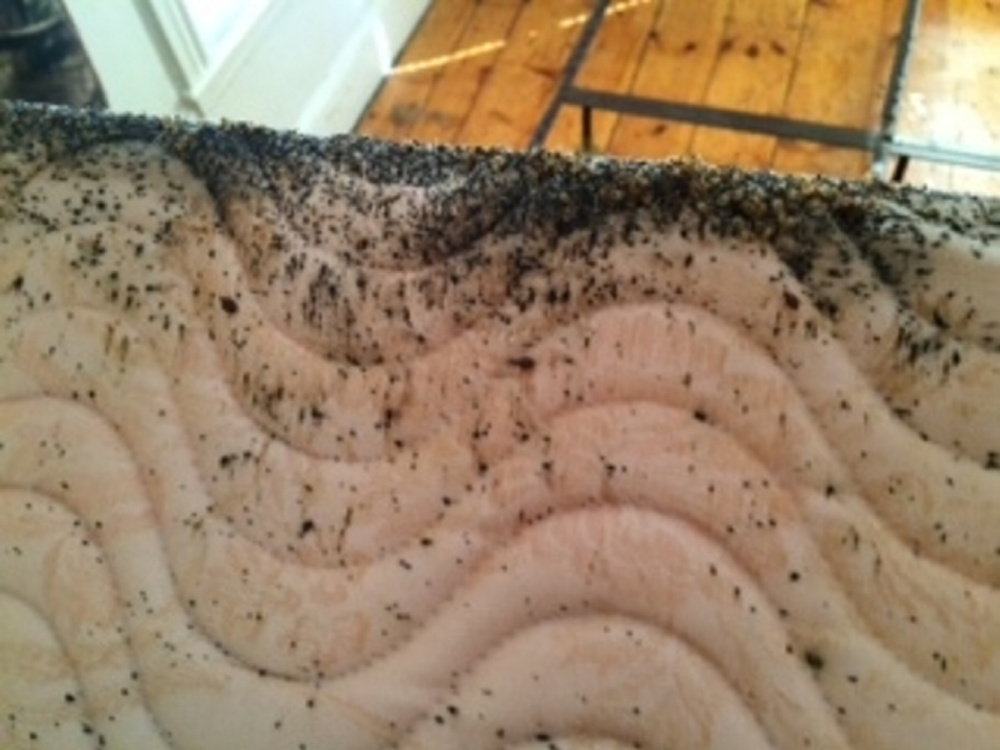My brother Al is an exterminator. People call him up and tell him they’ve got ants, cockroaches, bedbugs or whatever crawling things they think they can’t stand anymore, and he goes out with equipment that, except in really complicated cases, solves the problem. He’s not weird. But as you can imagine, he’s got some weird stories.
One is about a guy who thought he had bedbugs but didn’t. When Al arrived at the apartment, the man sent his wife and teenage daughter out, saying he didn’t want them to get bitten during the ensuing battle. Al got a little uneasy. The man told Al to take off his shoes. Al got very uneasy, but he played along.
The man sat down in a chair, took off his own shoes and said, “Now just watch.”
After half a minute or so, Al said, “OK, what am I watching for?”
“Just wait,” the man said. “In a minute there’ll be bedbugs coming across the carpet by the hundreds.”
Long story short, there were no bedbugs. This happens more often than you’d think, Al told me, and he almost always ends up giving the people the good news that somebody lied to them about these nonexistent bedbugs, and going on his way. But this man could not be convinced and insisted the apartment be treated. Al said, “OK, I think I see one. You have to leave now.”
Then there was a guy who had bedbugs but didn’t know it. Command Pest Service got a call, and Al headed out to the people’s apartment. He knocked, the door opened, and before he even knew who was behind it, he saw bedbugs — “literally thousands!” he said.
Al asked the man behind the door how long it had been like this, and the man “said with the most genuine response, ‘I had no idea I had them.'”
He “seemed completely coherent,” Al said, but “he seemed completely shocked that he had them.” Despite, as it turns out, the evidence (see photo).
I’m not sure if these anecdotes indicate the origin of the phrase “crazier than a bedbug,” but I got curious about the bedbug life cycle. This is kind of crazy.
Bedbugs — Cimex lectularius in our area — are in a suborder of insects called true bugs. Their cousins, bat bugs and bird bugs, are not often found in Maine, where we are participating in a worldwide rise in bedbug infestations over the last 10 to 15 years.
Except for the fact that they live on human blood and their bites can be anywhere from unnoticeable in some people to itchy, bleeding welts in others, bedbugs are harmless. This means that, so far, no studies have uncovered any bedbug-borne diseases. They just drink your blood.
The bedbug life cycle covers five nymphal stages and then adulthood. A female bedbug typically produces around 200 eggs during her life. The nymphs, unlike many insect species, look a lot like adults, just smaller. Each instar has to get at least one “blood meal” (the scientific studies seem to relish this phrase) before molting into the next stage. After about five weeks, the bedbug emerges into adulthood and lives for about six months to a year.
They can go for weeks or months without eating. Humans are the preferred target, so they tend to live in mattresses, chairs, wallpaper, floorboards and similar household hiding spots. In lieu of humans, other mammals or birds also do. They tend to feed at night, and the bites are usually not noticed when they occur because the bug injects anticoagulant and anesthetic fluids into the wound. Later, the bite might itch and swell into a red welt. In rare cases, anaphylaxis has resulted. So far, so good.
The reproductive process is where it gets weird.
Adult male bedbugs have two evolutionary directives: eat and copulate. After taking a “blood meal,” they go in search of females. They apparently cannot tell the difference between sexes and mount each other — and even mount immature nymphs — but once in place on another male, they desist fairly quickly in response, it is believed, to chemicals in the male body.
The females tend to avoid copulating. Here’s why, apparently. The act itself consists of the male mounting the female and stabbing her with a sickle-like organ called a paramere, which is an extension of an internal sperm-secreting organ called an aedeagus. In some insect species, the stabbing, or “traumatic insemination” as it’s called, can occur almost anywhere on the female’s body. In C. lectularius, a specific area on the female’s underside is pierced and sperm is introduced into an interior organ called the mesospermalege. The sperm then travels through the hemocele (roughly, blood system) to the female’s ovaries.
The male bedbugs roam around copulating as often as possible because eggs tend to be fertilized by sperm from the most recent copulation. For the females, this means multiple stabbings, which leave scars and increase the possibility of pathogen infections, which can decrease life expectancy.
The females, understandably, have ways of resisting copulation. One is to flex the abdomen so the male can’t get at the underside. But the females have to eat, of course, and when they do, their bodies become gorged with blood and as a result they can’t flex, so they become sexually receptive, however unwillingly.
Another thing some females do is to flee the aggregation of bedbugs after copulating. While nymphs and adults all live together in the same area (such as a mattress) in a basically 1-to-1 ratio of males to females, the “refugia” areas, on the other hand, are preponderantly female, and so copulation occurs less frequently. Not all studies have observed females fleeing to refugia, but some entomologists have documented it.
Reproduction through traumatic insemination is rare in the bio-scape, but at the same time is an instance of what biologists call “sexual conflict,” in which the reproductive process seems to do more harm than good to one or the other of the participants. Females of some insect and spider species, for example, are known to eat the male after copulation. It’s not a common phenomenon. But still. That’s kind of a conflict of interest. Like being stabbed.
Al finds this all pretty weird. But not as weird as some of his customers. Life is complicated.
Dana Wilde lives in Troy. You can contact him at naturalist1@dwildepress.net. Backyard Naturalist appears the second and fourth Thursdays each month.
Send questions/comments to the editors.








